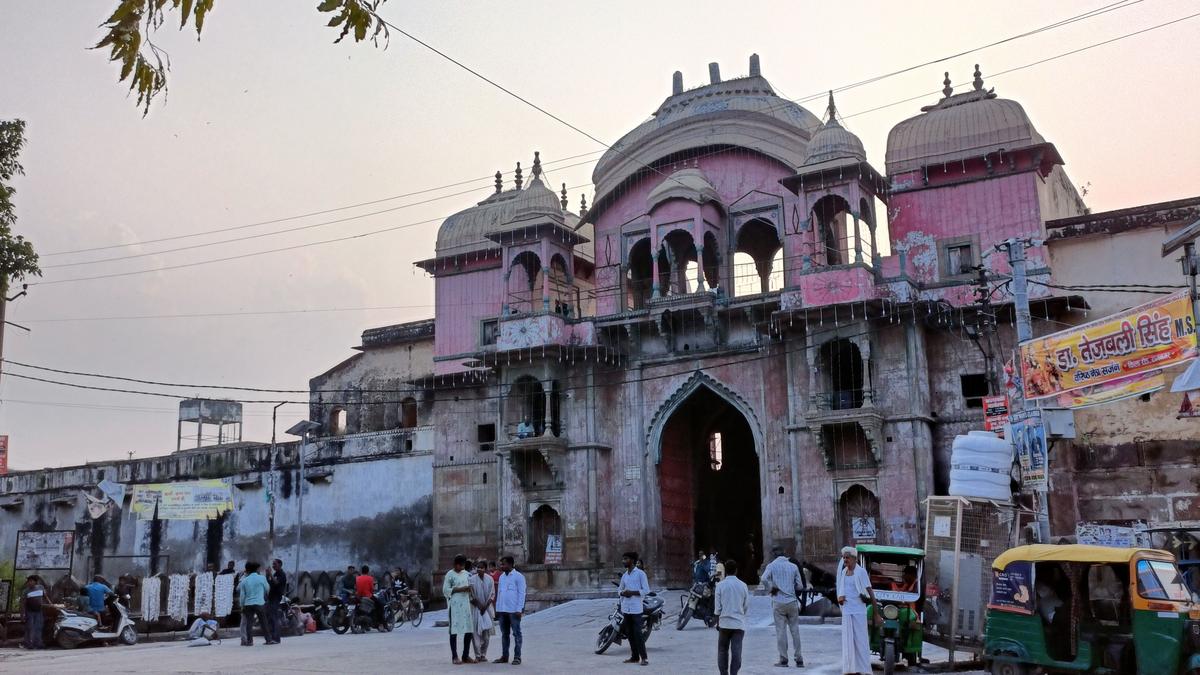
Slivers of action from the 200-year-old Ramnagar-ki-Ramlila in Varanasi
The Hindu
Experience the grandeur of Ramlila in Varanasi with larger-than-life figures, music, dialogue, and the burning of Ravan.
Follow the elephant, we are told. Anant Narayan Singh, the Maharaja of Ramnagar, seated atop a caparisoned elephant, and other members of the royal family, move to a site on the Ramlila maidan where Meghanad’s (Ravana’s son’s) death is to be staged.
At the maidan, the entire community of Ramlila enthusiasts is present with the Ramcharitmanas and a torch in their hands. In one corner of the audience is a group of turbanded singers with pakhawaj, reciting sections of the Ramcharitamanas.
As the singers sing, the samvad (dialogue) begins. “Chup raho…saavdhaan”, says the conductor of the event, who is also the official prompter of the spectacle.
It is that time of the year in Varanasi when the entire place turns into a stage with multiple venues. It is the third week of Ramlila, and around 12 of us, theatre practitioners from different parts of India, have come here to experience the visual feast.
A huge effigy of a smiling Meghanad, who is also a major disguiser (behrupiya), is being brought to the central space. There are four more behrupiya rakshasas in effigy blocking Meghnad. A young boy who dons the role of Lakshman comes to duel with the huge effigy. He keeps going back and forth, shooting arrows at each disguised form in front of Meghnad, who is hiding behind them. Finally, Lakshman strikes down Meghanad, and he is burnt.
Mourning follows, and women congregate to cry for Meghnad. That happens in the section reserved for Lanka, and the entire crowd walks to that point.
There are three elements to this performance tradition that is held for a month in Varanasi. The collective reading, the dialogue and the rest of the spectacle. “You either focus on the music or the dialogue. You can’t be here or there. Then, you won’t understand anything,” a singer tells us. While a Pakhawaj player shares: “This has been happening for over 200 years. The cast is chosen by the Maharaja, and they rehearse for at least two months.”

 Run 3 Space | Play Space Running Game
Run 3 Space | Play Space Running Game
 Traffic Jam 3D | Online Racing Game
Traffic Jam 3D | Online Racing Game
 Duck Hunt | Play Old Classic Game
Duck Hunt | Play Old Classic Game